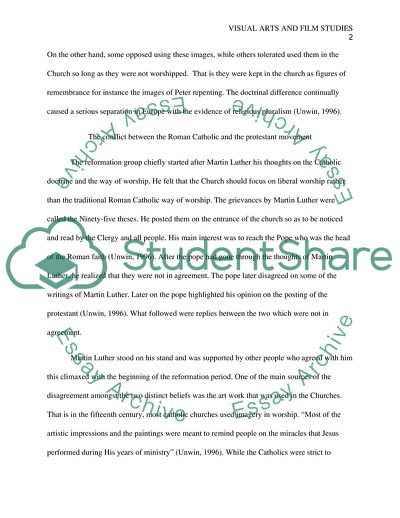Cite this document
(What Impact did the Protestant Reformation have on Visual Arts Essay, n.d.)
What Impact did the Protestant Reformation have on Visual Arts Essay. https://studentshare.org/visual-arts-film-studies/1764531-what-impact-did-the-protestant-reformation-have-on-visual-arts-of-the-time
What Impact did the Protestant Reformation have on Visual Arts Essay. https://studentshare.org/visual-arts-film-studies/1764531-what-impact-did-the-protestant-reformation-have-on-visual-arts-of-the-time
(What Impact Did the Protestant Reformation Have on Visual Arts Essay)
What Impact Did the Protestant Reformation Have on Visual Arts Essay. https://studentshare.org/visual-arts-film-studies/1764531-what-impact-did-the-protestant-reformation-have-on-visual-arts-of-the-time.
What Impact Did the Protestant Reformation Have on Visual Arts Essay. https://studentshare.org/visual-arts-film-studies/1764531-what-impact-did-the-protestant-reformation-have-on-visual-arts-of-the-time.
“What Impact Did the Protestant Reformation Have on Visual Arts Essay”. https://studentshare.org/visual-arts-film-studies/1764531-what-impact-did-the-protestant-reformation-have-on-visual-arts-of-the-time.


